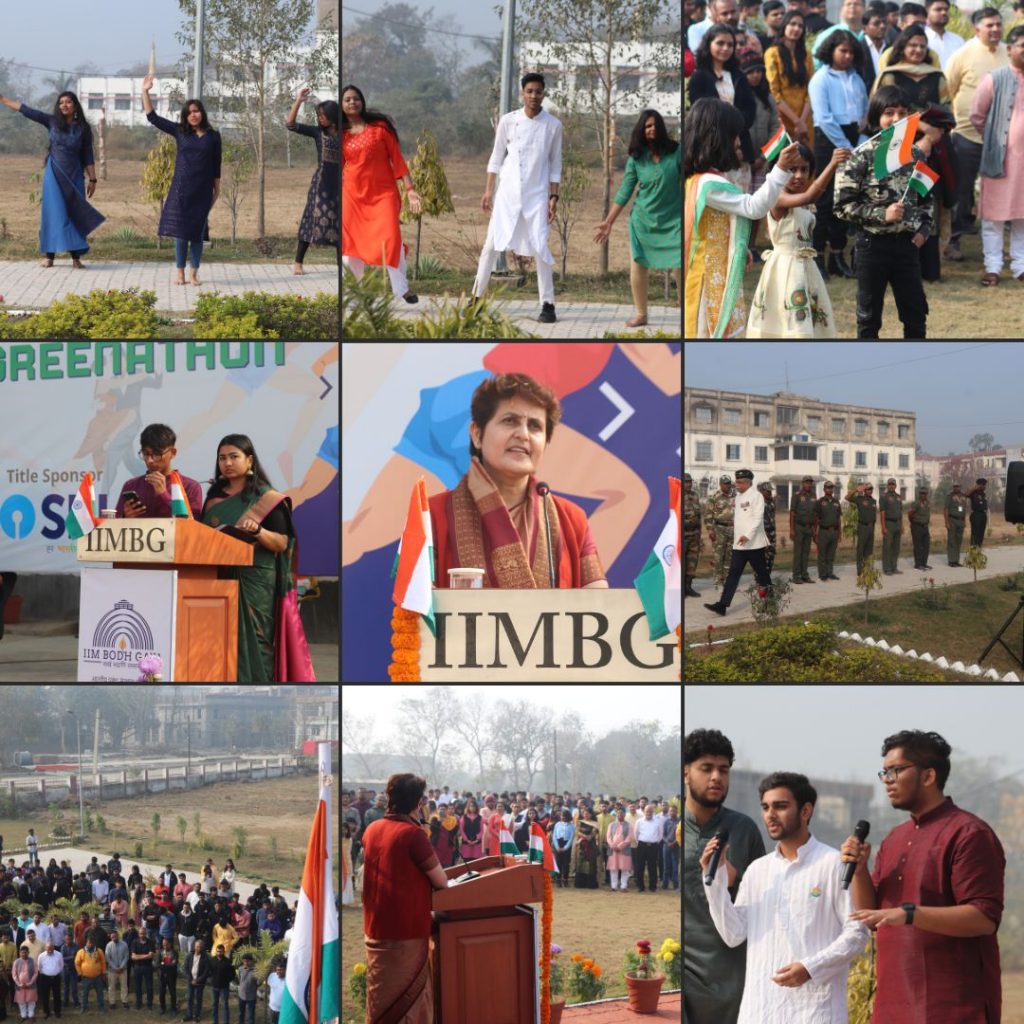Posted inEvents
Embracing the Legacy of India’s Republic- College Celebrates Republic Day
The 74 th Republic Day celebration at IIM Bodh Gaya was an event to remember. As the sun rose over the picturesque campus, the anticipation among the students, faculty, and staff was palpable. The flag hoisting ceremony on January 26, 2023 was a grand display of patriotism and national pride.




